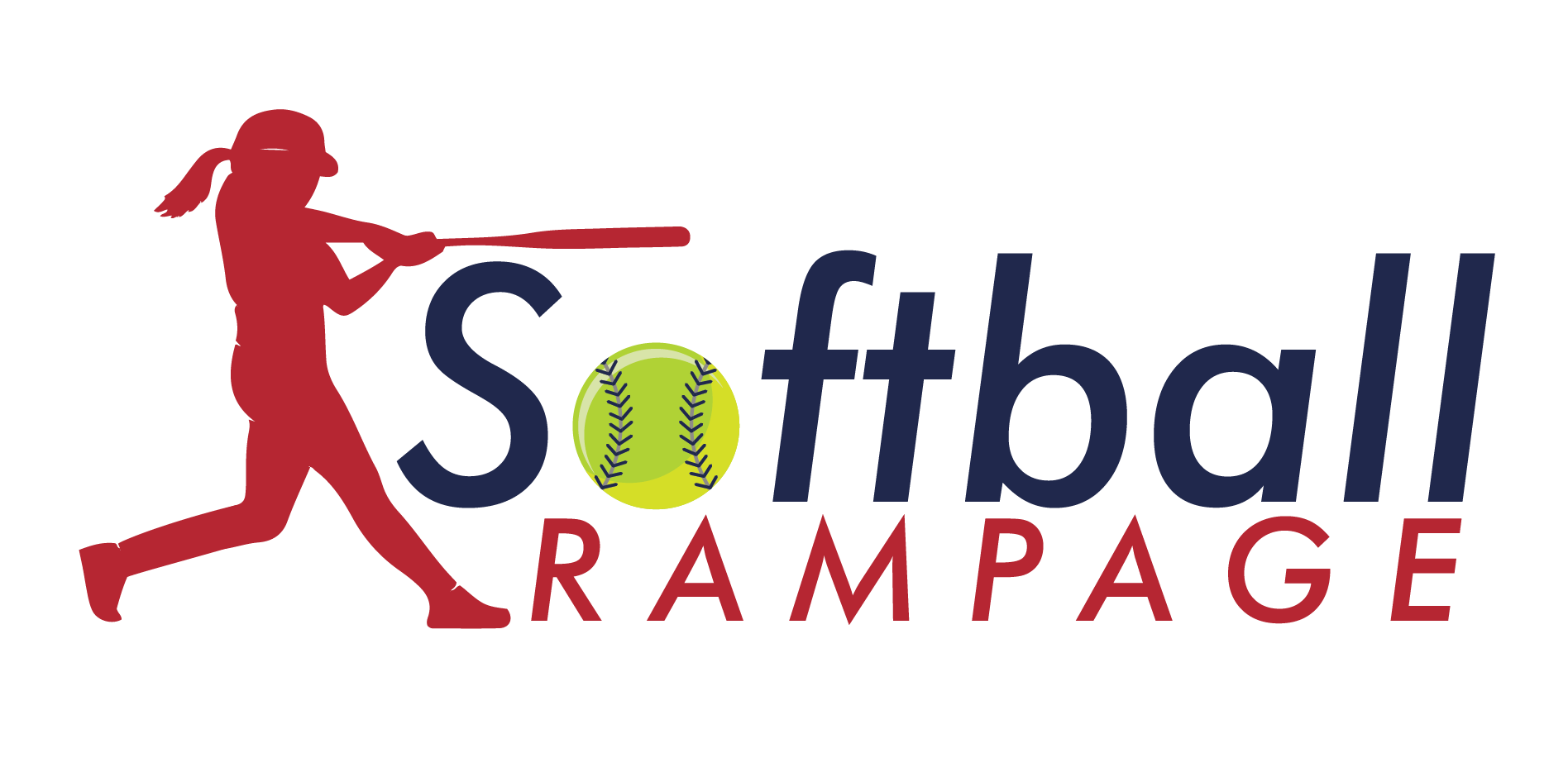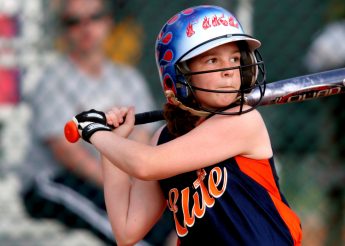Introduction
Quick Navigation
Softball is similar to baseball, but there are quite some differences. In softball, the ball is more extensive in circumference, and the pitch is smaller. There are two types of softball games, and they are slow-pitch and fast-pitch softball. In slow-pitch softball, the size of the ball is 11 inches. Bunting and stealing of bases are also not permitted. There are ten players on the pitch, and the ball must arch on its path to the batter. In fast-pitch softball, there are nine players on the field during a game. Also, bunting and stealing bases are permitted. Some equipment is essential for a baseball game. This equipment includes a ball, uniform, protective gear, gloves, and a bat made from metal, wooden, or composite material.
Protective gear includes helmets for an offensive team, a chest protector for a defensive catcher, cleats, and knee sliders. Protective equipment ensures the safety of players during games and practices. Wearing the right gear can also prevent injuries.
Softball Gear
Softball gear is necessary for both practice and playing games. It serves as safety or protection equipment during games and prevents injuries. The cost of quality softball equipment vary from season to season, and on average, equipment costs can be more than $1000.00
Examples of softball gear include chest protectors, shin guards, helmets, balls, gloves, bat, and uniforms.
- Chest Protectors
Softball catchers at all levels make use of chest protectors. The chest protector is a crucial piece of softball equipment because it protects different body parts such as ribs, sternum, collarbone, shoulders, and everything in between. Chest protectors consist of heavy padding material between outer layers. It also has battens that keep it from shifting. A standard chest protector has cutouts around the shoulders. These cutouts give the catcher free movement around his arms. To have the correct chest protector size, measure your neck’s base to the top of your waist in inches. The measurement is the size of the chest protector to purchase.
- Shin Guards
Although some pitchers use shin guards for low to the ground balls, catchers generally use shin guards. Shin guards protect the shin from injuries. To get a proper size shin guard, measure your knee’s middle to the anklebone in inches. You can purchase a shin guard within a ½ inch of the measurement
- Balls
Although the ball used is called softball, the ball is not soft. The ball is about 12 inches in circumference and also 3 inches larger than a baseball. In the 12U and below divisions, 11-inch balls are in use. For games played without gloves, 16-inch balls are in use.
- Gloves
Softball gloves are more extensive than baseball gloves because softballs are more prominent than baseballs. Gloves depend on position. Catcher gloves are different from pitcher gloves. When purchasing softball gloves, measurement is necessary for choosing the right size. For catchers’ gloves, you measure the circumference, and for fielders’ gloves, you measure the length. You can check out Custom softball gloves and Softball gloves vs. baseball gloves
- Bat
Bat sizes vary, but they are not more than 34 inches in length, 2.4 inches in diameter, and 1.1 kg in mass. A governing body specifies the type of bats used for different players in various rule books. To pick the right bat length, put the knob in the middle of your chest and grab the barrel with your hand. If you can hold the barrel with your hand, then the bat’s length is optimum. Softball bats can last long if there is proper care. Check out How to clean a softball bat for more information.
- Uniform
Uniforms distinguish softball teams from each other. Team uniforms have matching colors, and uniforms consist of headbands, visors, cleats, shoes, socks, shirts, and equipment.
- Helmet
The helmet is a protective gear that protects the head from injuries. A helmet has two ear flaps, one on each side, and you can use a face mask as well. Although a face mask is optional, catchers must use it along with a throat protector, shin guards, and chest protector. To choose the right helmet fit, measure above the ears directly, around the most expansive area at the back of your head. When taking measurements, the measuring tape should be tight without applying too much pressure
Softball Helmet Sizes
Pliable plastic or carbon fiber are materials for making helmets. Still, carbon fiber is the most common material for making helmets. An ideal helmet should be comfortable and cover the head adequately to provide protection. There are six different helmet sizes, and they differ by circumference. The different sizes include;
- Extra Small, XS
Extra small helmet size is the smallest helmet size, and it is about 20 to 20 ½ inches wide in circumference. The helmet size is tagged 6 3/8 to 6 ½
- Small, S
Small helmet size is larger than the smallest helmet size, and it is about 20 ¾ to 21 ½ inches wide in circumference. The helmet size is tagged 6 5/8 to 6 3/4.
- Medium, M
Medium helmet size is the next size after the small helmet size, and it is about 21 ½ to 22 inches wide in circumference. The helmet size is tagged 6 7/8 to 7.
- Large, L
Large helmet size is the next size after the medium helmet size, and it is about 22 ¼ to 22 ¾ inches wide in circumference. The helmet size is tagged 7 1/8 to 7 ¼.
- Extra Large, XL
Extra-large helmet size is the next size after the large helmet size, and it is about 23 to 23 ½ inches wide in circumference. The helmet size is tagged 7 3/8 to 7 ½.
- Extra extra-large, XXL
Extra extra-large helmet size is the most significant helmet size. It spans 23 ¾ to 24 ¼ inches in circumference, and the helmet size is tagged 7 5/8 to 7 3/4.
Conclusion
When playing softball or any game, the right protection is needed. Softball helmets protect the head against injuries. To pick the best helmet, look out for comfort and safety. Also, get the right measurement because the right measure ensures choosing the right helmet size.

